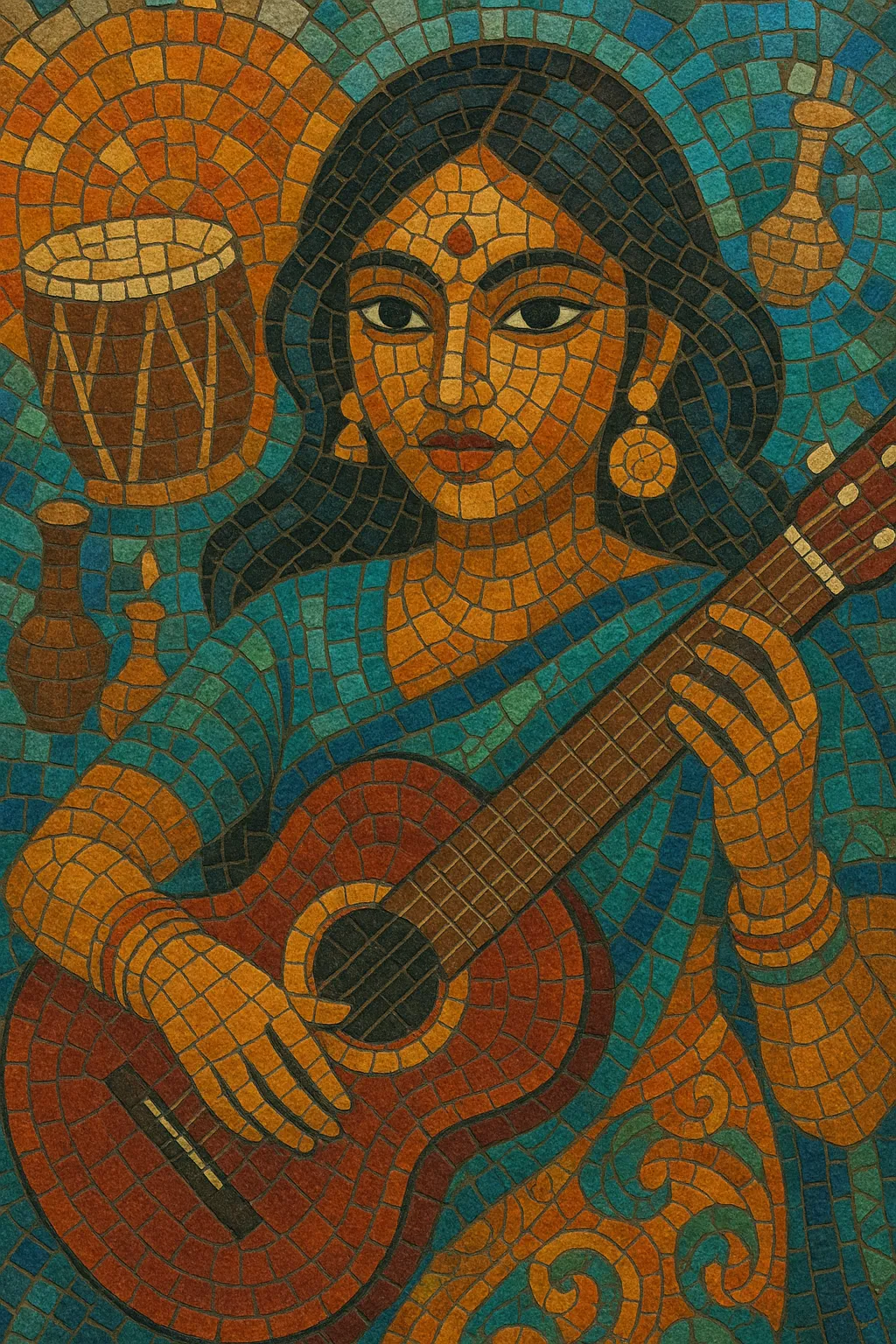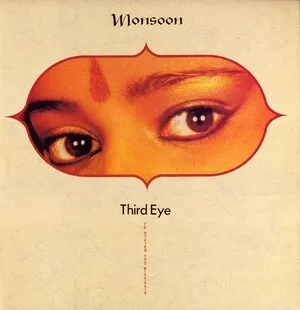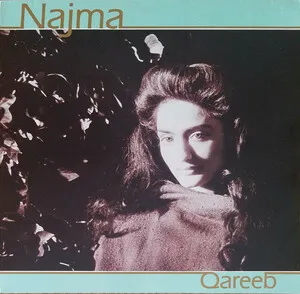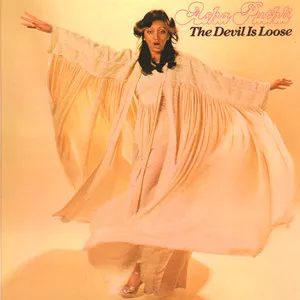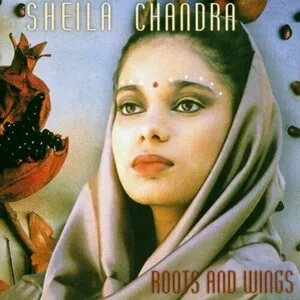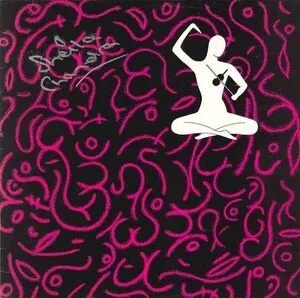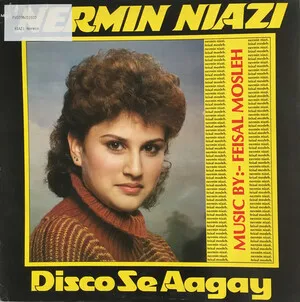Indian pop (often called Indi-pop) is a non-film popular music tradition from India that blends Western pop songcraft with Indian melodic sensibilities, rhythms, and languages.
It emphasizes catchy hooks, verse–pre-chorus–chorus structures, and polished studio production while drawing on Hindustani/Carnatic ornamentation, folk percussion (like dhol and dholak), and Hinglish or regional-language lyrics.
While its roots stretch back to earlier non-film releases, the genre truly blossomed in the 1990s with music videos on satellite TV, creating stars outside the Bollywood playback system and ushering in a nationwide pop culture wave.
Before the boom, India already had non-film pop recordings and televised performances by artists like Usha Uthup and Remo Fernandes. These releases drew on Western pop, disco, and rock while retaining Indian melodic phrasing and multilingual lyrics. However, the Bollywood film industry dominated the national soundscape, so non-film pop remained niche.
Liberalization of the Indian economy and the arrival of satellite TV (MTV/Channel V) in the early–mid 1990s created a dedicated platform for music videos. This visibility sparked a full-fledged Indi-pop movement: Alisha Chinai’s "Made in India," Baba Sehgal’s rap-pop hits, Daler Mehndi’s bhangra-pop anthems, and bands like Euphoria and Colonial Cousins defined a modern, non-film pop identity. Independent labels, compilations, and glossy videos turned non-film tracks into mainstream hits.
As Bollywood incorporated pop, R&B, and electronic production, the sonic gap between film songs and Indi-pop narrowed. Some pop acts crossed into playback, while others sustained album-oriented careers. Bombay Vikings fused Hindi with Euro-pop/R&B, Lucky Ali’s mellow pop broadened the singer–songwriter lane, and Falguni Pathak set the template for festive/romantic Navratri-season pop.
Digital platforms and YouTube revived independent pop discovery, birthing new waves of Hindi and regional pop beyond film soundtracks. Labels and artist collectives champion singles-first strategies, while pop now coexists with indie, hip hop, and EDM influences. The genre remains a flexible umbrella for catchy, non-film Indian hits that travel across regions and diasporas.

